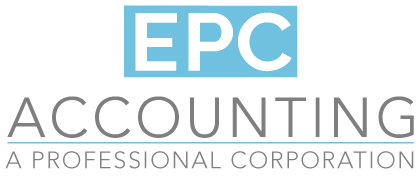It seems that the CRA has taken a program that was easy to calculate and made it confusing – but – what they’re doing now actually makes more sense.
In the original plan, if business was down more than 30%, the government was subsidizing 75% of employee wages. Sticking to this plan could create an issue in that there’s not a huge incentive to go back to full capacity – if business revenue remains 30% less than last year, the government will pay 75% of your employees’ salaries. If business declined by less than 30% (even just 29.5%!), the business is responsible for paying their full wages.
The scope of the program has broadened. Some businesses are not down 30%, but they are still hurting. As well, some businesses are seeing their August revenues match last August, but with business down considerably from earlier this year, the revenue from 2020 will still be lower.
The CRA is now offering a wage subsidy to businesses with revenues down less than 30% and it’s now based on a rolling average of the past few months compared to the average of the same months in the last year.
In order to figure out how much a business qualifies for, the CRA wants exact revenue numbers which may be an issue for smaller businesses like a mom and pop retail or a small restaurant that may not have a robust accounting system in place. Under the old rules, they could say they were down by 30% or more and then be asked to provide proof for an audit when needed. Now business owners will have to track exact revenue month by month.
It’s complicated and each case is different, so if you think you qualify for this, but aren’t sure how to apply, please give us a call.
The CRA confirms it’ll be in place until at least November 21st. For more information, click here.
The government has also announced some changes to the CERB program, extending the dates. Here’s the latest, but you can also bookmark this page on our website for the most up-to-date information.

